Changjiangkou No. 2: "Thousands of sails over" Sand boats that "returned" from the depths of history?
Author:Xinhua News Agency Time:2022.09.13
Author: Xinhua Daily Telecommunications reporters Sun Liping, Ding Ting, Wang Chenyang
The 10,000 -ton salvage wheel "Hercules" left Shanghai Hengsha Wharf on the 6th. In the next two or three months, it will work with the "hard work" wheel to let the sinking ancient ship No. 2 of the Qing Dynasty Yangtze River entrance "broke the waves" again.
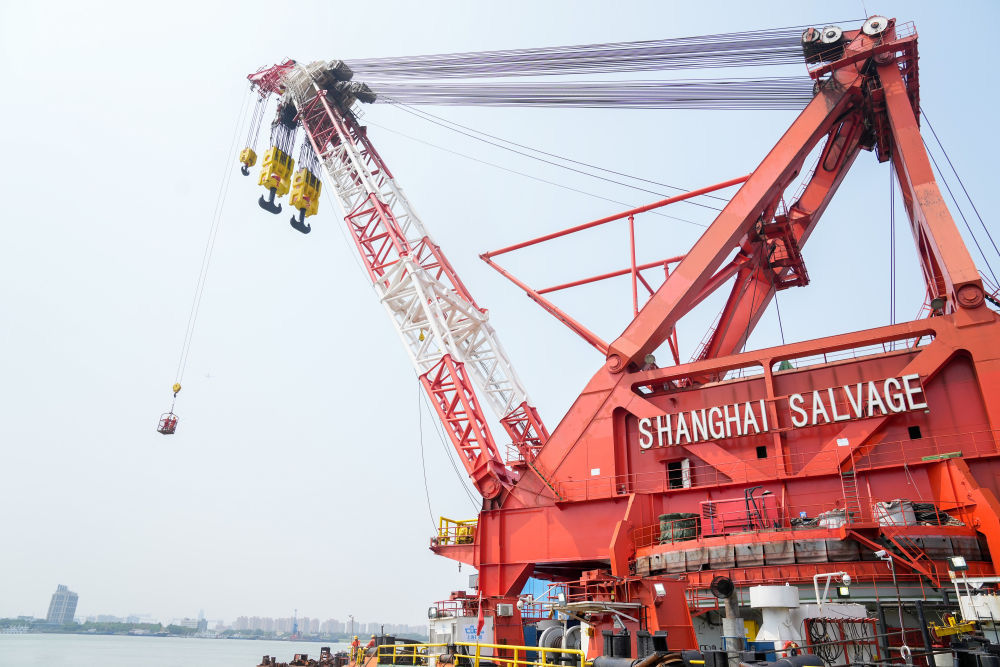
"Dali" went to the sea to salvage the ancient ship No. 2 in Yangtze River. Xinhua News Agency reporter Ding Ting
The No. 2 Changjiangkou is a trading merchant ship during the Tongzhi period of the Qing Dynasty. It is also the largest, most complete, and huge number of cultural relics in my country's underwater archeological discovery. At present, it is sleeping under the waterway in the northeast of the northeast of Chongming, Shanghai Chongming. Archaeological surveys show that the ancient ships of the Qing Dynasty were about 38.1 meters long and there were many exquisite cultural relics.
Archaeological experts pointed out that during the Qing dynasty period of the Qing Dynasty, it was the early days of Shanghai's port. Yangtze River No. 2 is full of Shanghai port opening information, like a "space -time capsule" in the bottom of the sea, which contains a lot of suspense. For example: What ship is it? Where does it come from? Why is it sinking?
Although it takes time to open these puzzles, experts still try to find some key clues to crack the mystery of the Yangtze River No. 2. Zhai Yang, deputy director of the Shanghai Cultural Relics Protection Research Center, introduced under underwater inspection by archeologists, and found that the bottom of the Yangtze River Estuary No. 2 and keel are flat, which is likely to be a large sand ship. The sand ship is precisely the important shipping carrier of Shanghai's "Hong Kong Xing City" to become an important shipping carrier of the modern metropolis. The sand boat also appeared on the city emblem of Shanghai.

The 5 -mast sand boat on the emblem of Shanghai expressed the meaning of "sand boat Xingshi". (Information picture)
However, due to historical reasons, the once -prosperous sand boat has not been in the world now. So, will Yangtze No. 2 be a sand ship that "returned" from the depths of the "Thousand Sails" from history?
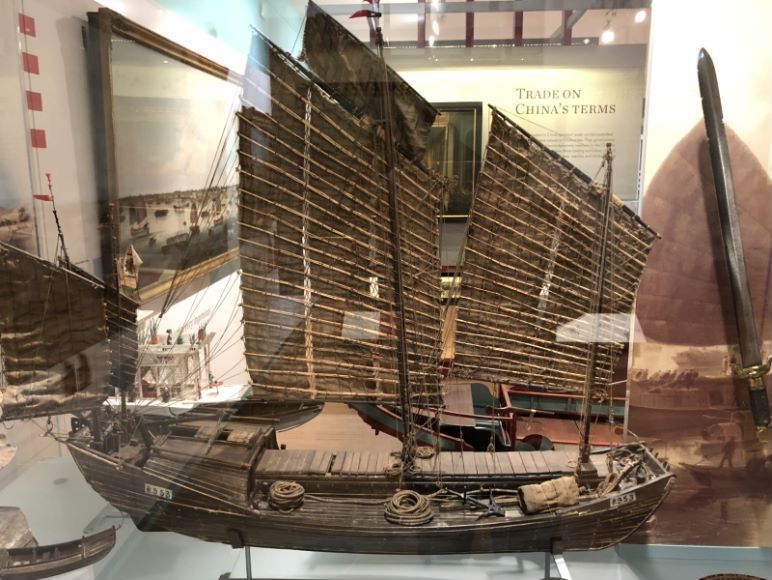
Shandong ships (sand ships) collected by the National Navigation Museum. Picture of China Navigation Museum
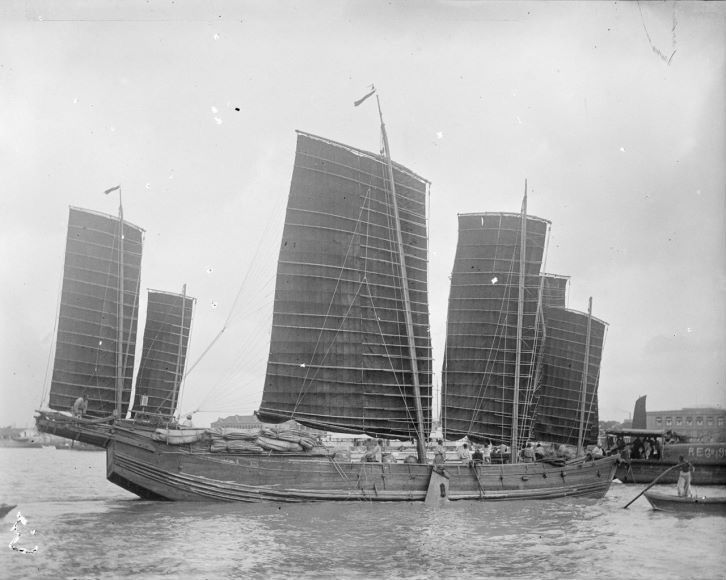
Historical photos of the five -mast sand ships collected by the National Navigation Museum. Picture of China Navigation Museum
Zhai Yang told reporters that from underwater detection information judgment, Yangtzekou No. 2 is more likely to be a sand ship type. But in the end, it is determined whether it is a sand boat, and it is necessary to wait for the rudder leaves of the No. 2 of Yangtze River.
"The rudder leaves of the Chinese wooden sailboat of the Qing Dynasty have their own characteristics: the rudder leaves of the sand boat are wide and long square; the rudder leaves of the wide ship often have diamond -shaped holes; The rudder leaves of the No. 2 of the Yangtze River mouth were pressed under the hull. It can be said that this rudder's leaf is a 'key key' that reveals the mystery of the ancient ship's identity. "
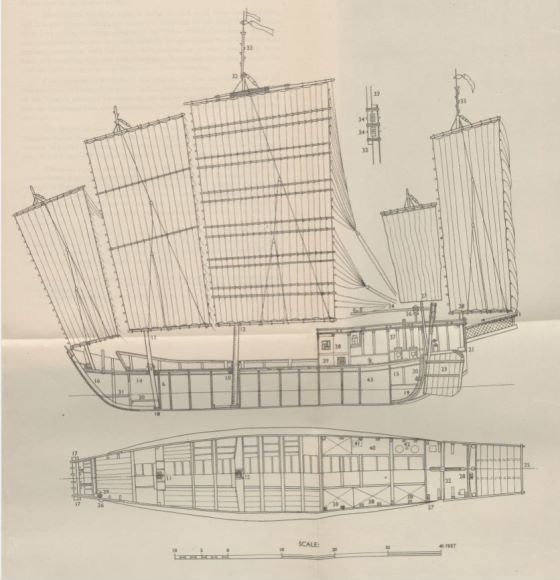
Xia Shide, who has worked for the Chinese Customs, hand -painted the sand boat picture "The Sailing and Plate of the Yangtze River". Picture of China Navigation Museum
So what is the origin of sand boats and Shanghai? Ye Chong, an expert on traditional boats of the Chinese Sailing Museum, introduced that the sand ship is also called "sand -proof flat boat". "The sand boat is a big family, which originated from the Yangtze River entrance and Chongming. It is characterized by flat bottoming, mast and sails, and lighter water eating. There are more sand channels. "
In fact, the name of the sand ship appears late. The Song Dynasty only recorded the "sand -proof bottom" warship, and the official name of "sand boat" appeared in the Ming Dynasty. Beginning in the Qing Dynasty, the sand boat family was very prosperous. According to literature, during the Qing Jiaqing and Daoguang period, there were about 3,500 sand vessels that often gathered in Shanghai. There were about 100,000 sailors engaged in this industry. The annual transport volume was about 250,000 tons to about 300,000 tons.
A "picture of the Tang Ship" circulating in Japan, the late Ming and early Qing dynasties, "fixed" the "prosperity of the world" of the Chinese sand ship. This ancient painting depicts the picture of Chinese merchant ships from the southeast coast of China to Nagasaki Port, Japan. Among them, the most significant is the "Nanjing Ship" belonging to a member of the "sand boat family". It is nearly 70 meters. God.
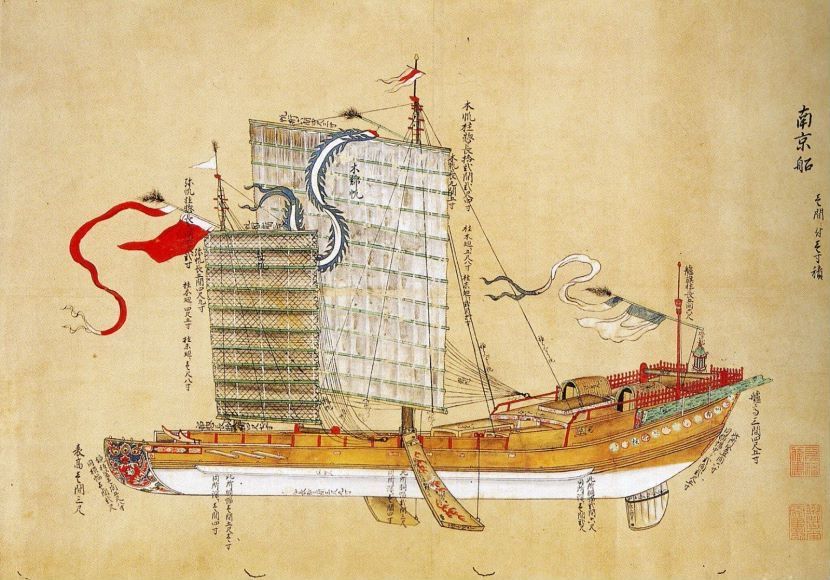
Chinese sand ships in "The Picture of Tang Ship". Picture of China Navigation Museum
"The Qing Dynasty was lifted, and Shanghai leapt to the central port connecting the north and south of China, which fully shows the geographical advantage of its coastal pillow." Gu Yuhui, an associate researcher at the China Navigation Museum, has long studied the international shipping trade during the opening of the Shanghai Port. He pointed out that the sand boat industry reached its peak before and after the opening of the port of Shanghai. The fierce competition of foreign sails and ships gradually decline. "
The sand ship has strongly promoted the Shanghai Shipping Industry, becoming the pillar industry at that time, and also radiated many other industries. In 1858, Governor He Guiqing wrote in the memorial: "A province in Jiangsu, the essence is all in Shanghai, and Shanghai is called a rich man, because there is a sand boat to transport north and south." Qianzhuang industry, cloth industry, and North cargo industry started in the city.
"Today we stroll Shanghai Nanshi Old City Chamber (now under the jurisdiction of Huangpu District of Shanghai), and we can still feel the huge impact of the sand boat industry on Shanghai from many interesting place names. Nanshi was once a sand boat terminal and a cargo distribution center, so there are concentrated cotton cotton. The "Huayi Street" of the transaction, the "Dou City Street" of the soybean merchant, the "Wangjia Wharf" named after the sand boat merchant ", and the Sand Ship Industry Organizing the Merchant Pavilion Clippers '" Guildren Street' "Oil Car Lane" and so on. The 'password' was left in the city streets, and it also left us a cultural heritage. "
Chu Xiaobo, a member of the party group of the Shanghai Culture and Tourism Bureau and the curator of the Shanghai Museum, believes that Shanghai has been promoting in Hong Kong and becoming an important city in China and even the world.The "time and space capsule" of the sleeping of the Yangtze River No. 2 is in a profound significance to understanding Shanghai's "how it becomes Shanghai".Experts speculate that from the current information obtained by underwater archeology, the hull No. 2 of the Yangtze River Estuary is relatively complete, and the possibility of reefness is relatively small. It is more likely to be affected by "overload" or "encountering extreme weather".Of course, it may also be that two factors overlapped the Yangtzekou No. 2 sinking.However, the "Sand Boat Conjecture" is only a scientific speculation. All mysteries must wait for the ancient ships to "break the waves" to eventually be announced.
- END -
Using expired raw materials, Zhangzhou Yizheng Company was punished
On July 15th, the website of the Fujian Provincial Drug Administration released news that Zhangzhou Yijia Cosmetics Co., Ltd. used raw materials to produce cosmetics that exceeded the period of use. 6
Be careful!Someone stared at your health code!

The recent epidemic affects everyone’s heartWhen everyone is moving together and ...